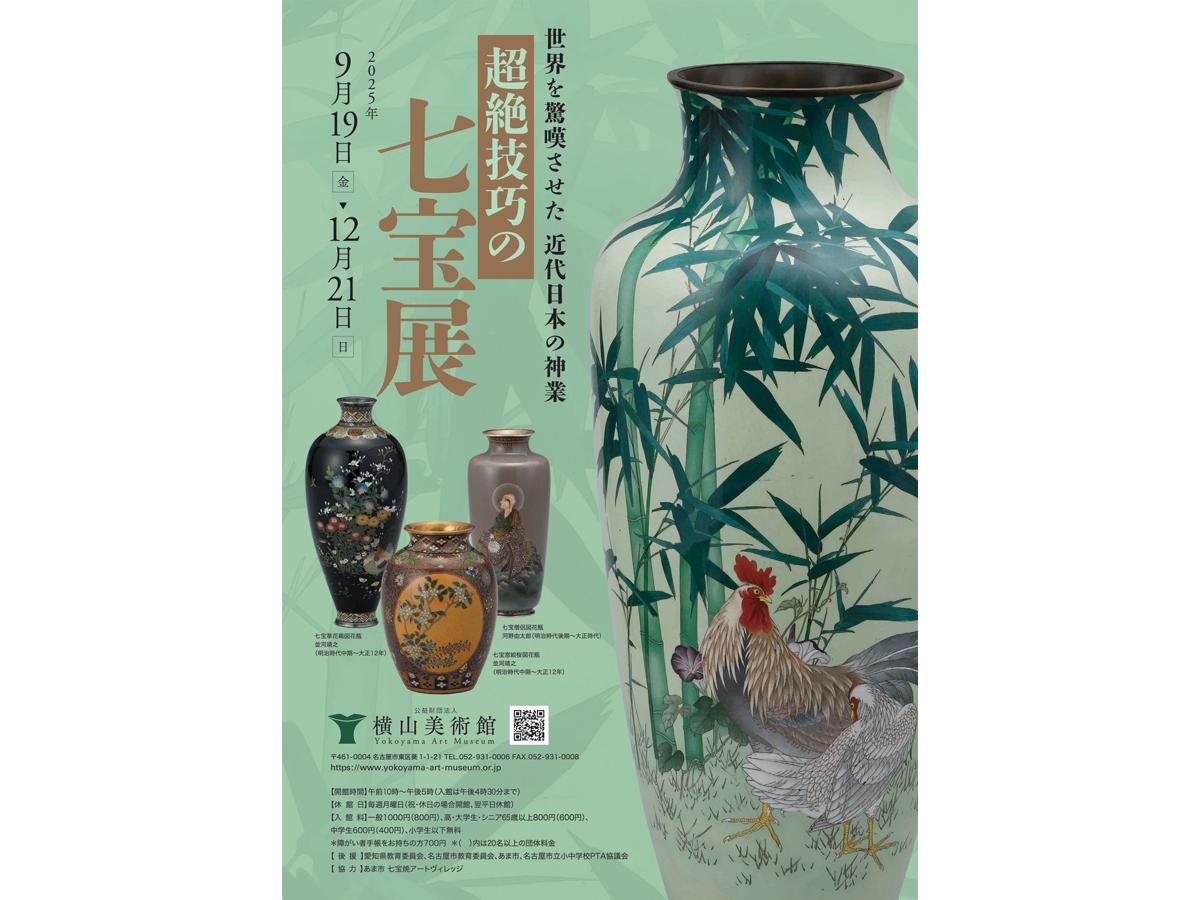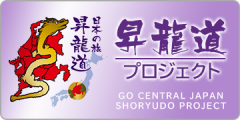Yokoyama Museum of Art Special Exhibition “Cloisonne of Transcendental Technique”
Cloisonne is a beautiful pottery made by fusing glaze to a base such as copper or silver, and its vivid colors can be compared to seven jewels, and it is also called cloisonne. It is said to have started in Egypt in BC, and was introduced to Japan at the end of the Kofun period. Owari cloisonne, created by Kaji Tsuneyoshi, a feudal lord of the Owari Domain in the latter half of the Edo period, caused a surge in technological innovation as an important export product from the Meiji period onwards. Whereas conventional cloisonne was an “inlay” in which glaze is applied to a recessed hole, it was a development of craftsmanship that can be called the height of modern cloisonne, such as “wired cloisonne,” which incorporates glaze into thin strips of metal wire such as silver or gold, and “wireless cloisonne,” which creates gradation with glaze without using that wiring. While the technique of Owari cloisonne spread to various places and gave birth to imperial artists, there were also activities of master craftsmen whose names were not known even though they had advanced technology.
The delicate beauty created by the precise line planting that amazed the world is interwoven with transcendental skill with colors like supernatural works. Please take a look, focusing on new collections from the Meiji period to before the war.
Details
| Schedule | 2025/9/19 (Fri) to 12/21 (Sun) |
|---|---|
| Time | 10:00~17:00 |
| Venue | Yokoyama Museum |
| Home Page | https://www.yokoyama-art-museum.or.jp/ |
















